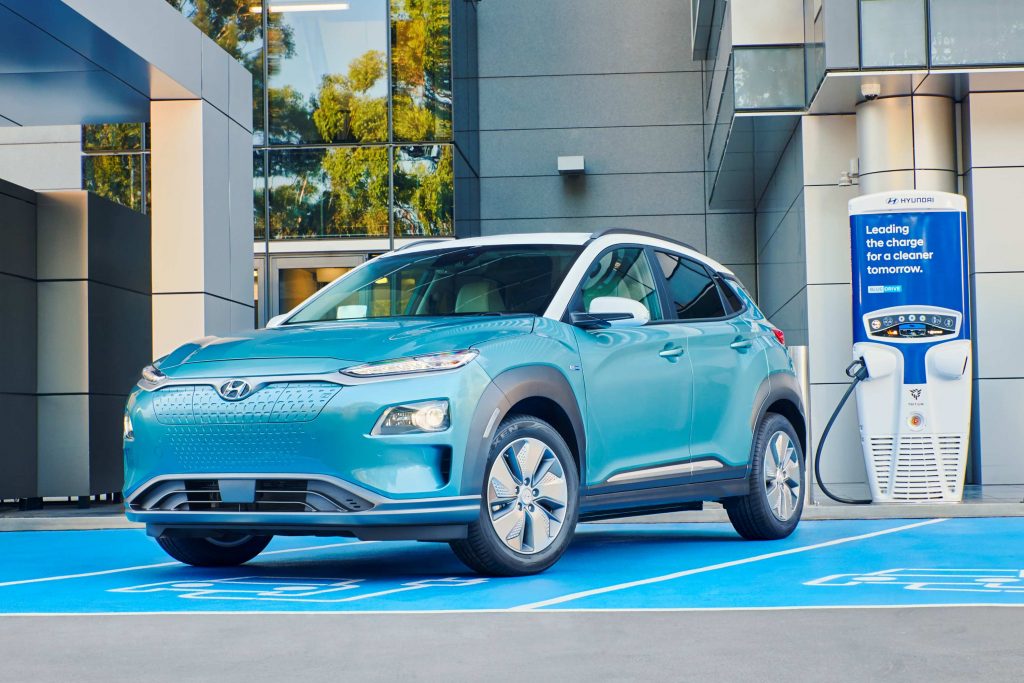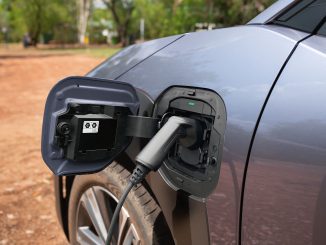EVs, or electric vehicles, need to be charged to have enough power to keep running, just like a cell phone. EV charging is the process of supplying power to the vehicle’s battery using an EV charger.
For charging an EV, a charging station is required to be connected to the power grid. Electric vehicle supply equipment is what EV charging stations are known as technically (EVSE).
EV charger owners have the option of charging at home, in public, or at their place of employment. Residential EV charging is the process of using a Level 2 charger at home. Commercial EV charger is available for EV fleets, multi-family homes, and office buildings. Employees and clients can utilize the commercial electric vehicle charging stations. There are numerous public EV charging stations that are operated by businesses.
How does EV charging work?
An EV charger transfers electric current from the grid to the electric vehicle through a connector or socket. To power its electric motor, the electric vehicle stores this electricity in a sizable battery pack.
The connector of an EV charger is connected to an electric vehicle’s inlet, which is analogous to a conventional vehicle’s gas tank, using a charging cable. DC electricity is the only type that EV batteries can receive.
Different Levels of Charging with EV Charger
Depending on a variety of factors, including the size of the battery in your specific vehicle and where and when you choose to charge, charging your EV from zero can take as little as 20 minutes or as long as 40 hours. First, it’s important to understand the three EV charging levels.
Level 1: The cord set that came with your EV should be plugged into a typical 120-volt outlet (the same kind you’d use for, for instance, a phone charger or a lamp), according to EV jargon. In general, this amount of charging takes a long time—40 to 50 hours, assuming you’re starting from nothing. However, it’s important to remember that American automobile owners only travel 31 miles each day on average. Therefore, Level 1 might be plenty for your everyday requirements or, in a pinch, could add some miles.
Level 2: This indicates that you are using a hardwired device or a 220-volt outlet, the same kind used by large appliances like washers. You can charge from empty in this situation for between four and ten hours.
Many offices and commercial parking lots have public Level 2 charging stations, but most EV charger owners also have this model installed in their garage so they can charge overnight.
Level 3: Level 3 EV chargers, commonly referred to as DCFC chargers or direct current fast chargers, offer the fastest charging rates and may fully charge an EV in as little as 20 minutes. Although using these public charging stations is more expensive, they are especially useful for time-constrained travellers or urban drivers who can’t conveniently refuel at home.
Additionally, they are accelerating. The current models being installed are typically at least three times as powerful as those that were first introduced, with some charging at 350kW. The first generation typically charged automobiles at 50kW.
Here’s How You Choose a Good EV Charger Supplier
Electric vehicles are the future for those looking for an environmentally friendly transport option. Not only is it convenient, but it is also ec0-friendly. Therefore, when choosing an EV charger supplier, make sure that you do your research properly.
Through this, you will be able to reach out to the right supplier that offers the best quality chargers. Once you think you have found the supplier that has the capability of meeting the requirement, reach out to them. Get in touch with their email id and phone number available on their website.




